Asteroid DD45 grazes Earth
2009 DD45, near-Earth asteroid sending us a sign
The interplanetary space is far from empty, it is littered with dust and material dating from the creation of the solar system. Asteroids and comets, metal and rock, traveling at a tremendous pace around the planets and our Sun. Sometimes their orbits intersect that of a planet or the Earth causing a collision. Meteorites and comets pounded the planet since the birth of the solar system. Although they seem quietly installed on their orbits between Mars and Jupiter, they are sometimes destructive and they must likely the emergence of life on Earth. The asteroids are our closest neighbors, they are in one way or another, linked to our destiny. Those who operate near the Earth and that cross our orbit are called Near Earth Objects (ECA), the Earth-Crossing Asteroids English.
On Monday, March 2, 2009 at 13:44 UTC, the asteroid 2009 DD45 passed very close to 63 500 km of the Earth, which corresponds to 0.00048 AU (Symbol: UA) The mean distance from Earth to the Sun. a AU is 149,597,871 km. It is a unit often used for distances in the solar system, or the distance between two stars in a dual system. .
It was discovered Feb. 27, 2009, by Rob McNaught of the Siding Spring Observatory, Australia, when he was approximately 1.6 million kilometers from Earth.
The mean diameter of the object has been estimated at 19 meters + or - 4 meters. The near-Earth asteroid 2008 TC3 burned in the atmosphere above Africa 7 October 2008 at 02h46 UTC without causing damage.
This asteroid two to five meters in diameter, was the first asteroid tracking in space before its fall to Earth.
Image: picture of artist.
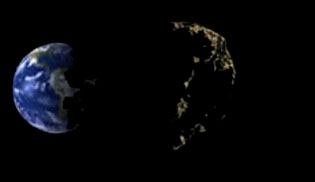
No fear for 2009 DD45
2009 DD45 rose above the Pacific Ocean to the west of Tahiti. Its small size was safe in a collision with our planet. Timothy Spahr of the Minor Planet Center has quickly confirmed that the subject would be increased to 0.00047 astronomical units from the center of the Earth. Up to 60 meters in diameter, an asteroid enters the atmosphere at an angle of incidence too low, a few degrees, for example, failed to pass through the atmosphere and causes no harm.
It just bounces on the atmospheric layer of the Earth and goes back into space. This occurred August 10, 1972 in the skies over Montana in the northern United States. The chances of this happening is once every 200 years.
By cons, once every thousand years, an asteroid 75 meters in diameter hit the Earth causing a crater 1 700 meters in diameter.
An asteroid 350 meters in diameter would cause a crater 6 000 meters in diameter. The chances of this happening is once every 16 000 years.
Apophis, the asteroid 250 meters in diameter, could be the next threat.
It is currently estimated at one chance in 45 000 probability that this rock come crashing into the Pacific Ocean April 13, 2036.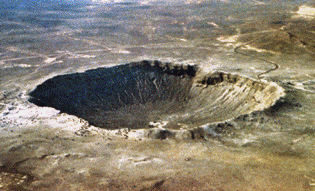
Image: The Meteor Crater in Arizona, measuring 1 500 m in diameter, it dates from 49 000 years. The estimated diameter of the meteorite is 75 meters.
Articles on the same theme
"The data available on this site may be used provided that the source is duly acknowledged."
 Yarkovsky Effect on Asteroids
Yarkovsky Effect on Asteroids 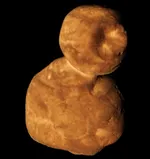 Arrokoth, the
red snowman
Arrokoth, the
red snowman 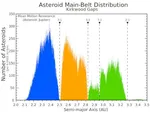 The Kirkwood Gaps in the Main Asteroid Belt
The Kirkwood Gaps in the Main Asteroid Belt 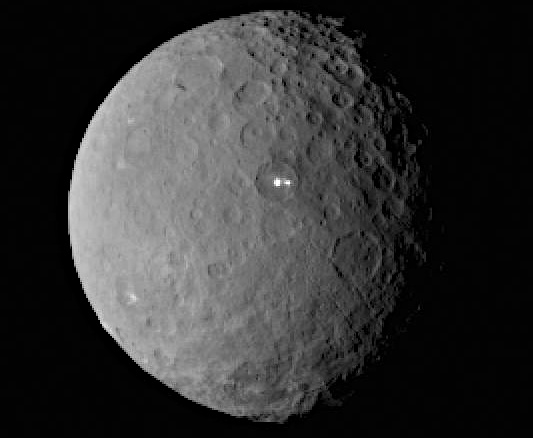 What is the asteroid belt?
What is the asteroid belt?  The Great Comet of 1577 Shattered the Crystal Spheres
The Great Comet of 1577 Shattered the Crystal Spheres  Asteroids, the threat to life...
Asteroids, the threat to life... 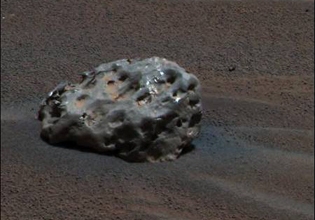 Meteorites, extraterrestrial objects
Meteorites, extraterrestrial objects  Hartley 2 passes by us, every 6 years
Hartley 2 passes by us, every 6 years 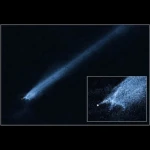 Collision between 2 asteroids
Collision between 2 asteroids 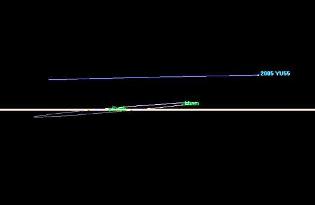 Asteroid shot, ever closer to Earth
Asteroid shot, ever closer to Earth 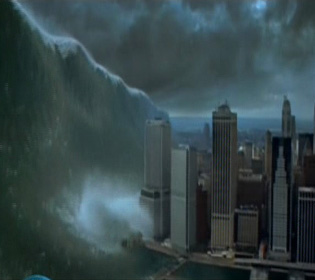 Apophis, the next disaster
Apophis, the next disaster 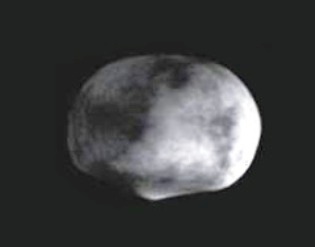 The asteroid
Vesta
The asteroid
Vesta 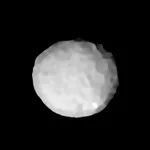 What
is an asteroid?
What
is an asteroid? 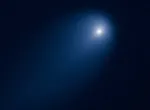 2012 and Comet ISON: Between Promise of Brilliance and Disappointment
2012 and Comet ISON: Between Promise of Brilliance and Disappointment 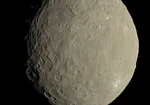 Giants of the Asteroid Belt: Classification by Size
Giants of the Asteroid Belt: Classification by Size 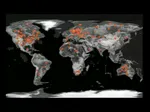 Impact
craters on Earth
Impact
craters on Earth  Online Simulator: Orbits of Asteroids
Online Simulator: Orbits of Asteroids  Online Simulator: Orbits of Near-Earth Asteroids
Online Simulator: Orbits of Near-Earth Asteroids  Rosetta has a date with a comet
Rosetta has a date with a comet 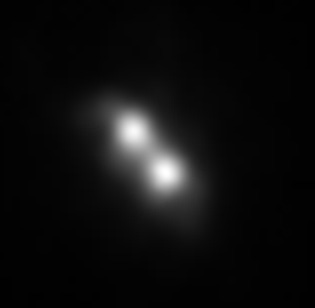 Near-Earth asteroids
Near-Earth asteroids 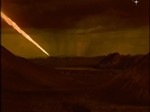 Asteroid 2009 DD45 sends us a sign
Asteroid 2009 DD45 sends us a sign 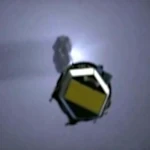 Where does the water on planet Earth come from?
Where does the water on planet Earth come from? 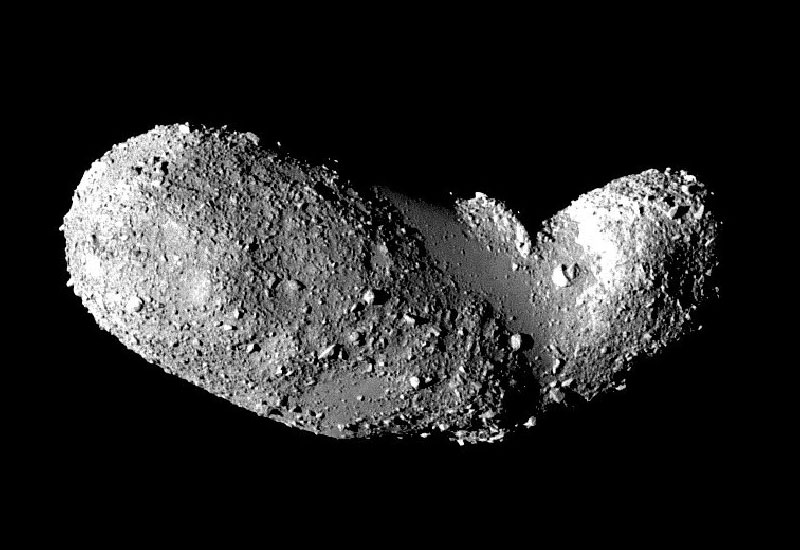 Asteroid
or comet?
Asteroid
or comet? 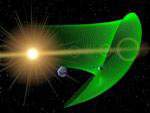 2010 TK7, Earth's Trojan asteroid
2010 TK7, Earth's Trojan asteroid 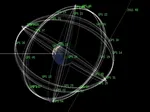 Turin Scale: A Classification of Impact Risks
Turin Scale: A Classification of Impact Risks 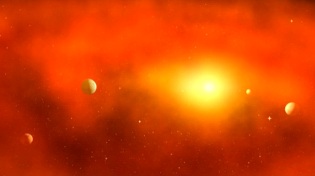 Nice model, the late bombardment
Nice model, the late bombardment 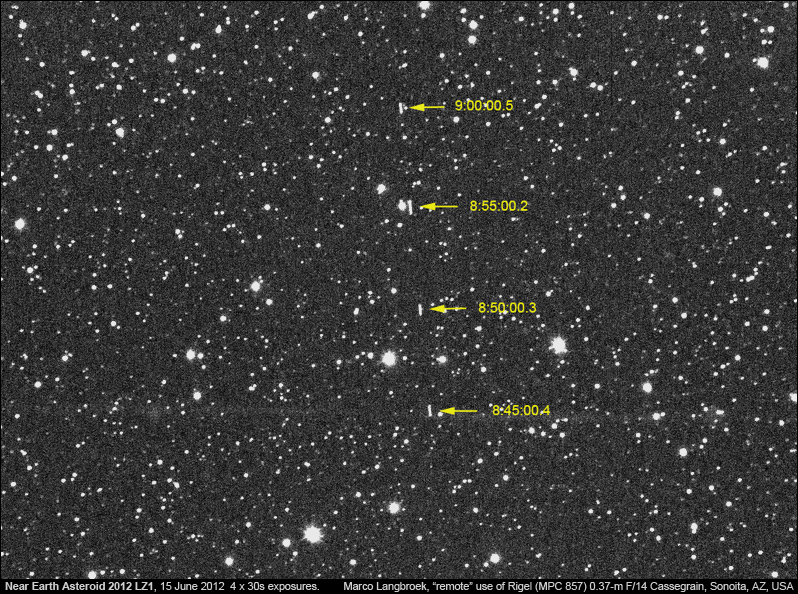 Once again we haven't seen it
Once again we haven't seen it  Comet Lemmon 2013: A Celestial Visitor from the Southern Hemisphere
Comet Lemmon 2013: A Celestial Visitor from the Southern Hemisphere 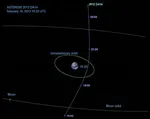 Asteroid 2012 DA14 passed on February 15, 2013
Asteroid 2012 DA14 passed on February 15, 2013 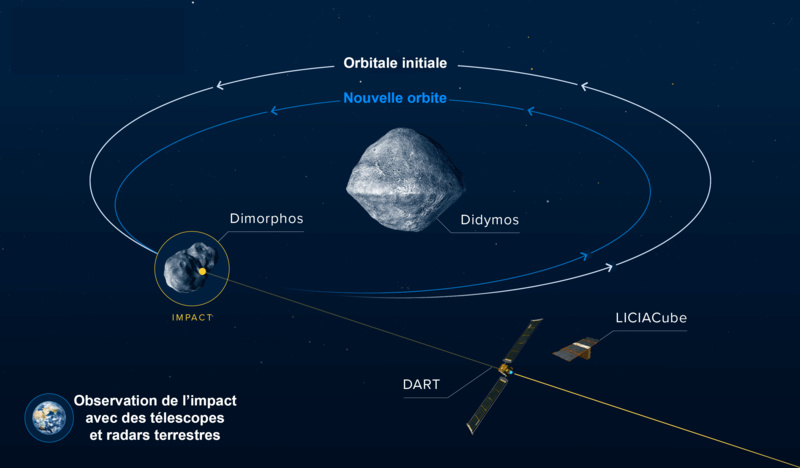 Planetary defense with Didymos and Dimorphos
Planetary defense with Didymos and Dimorphos 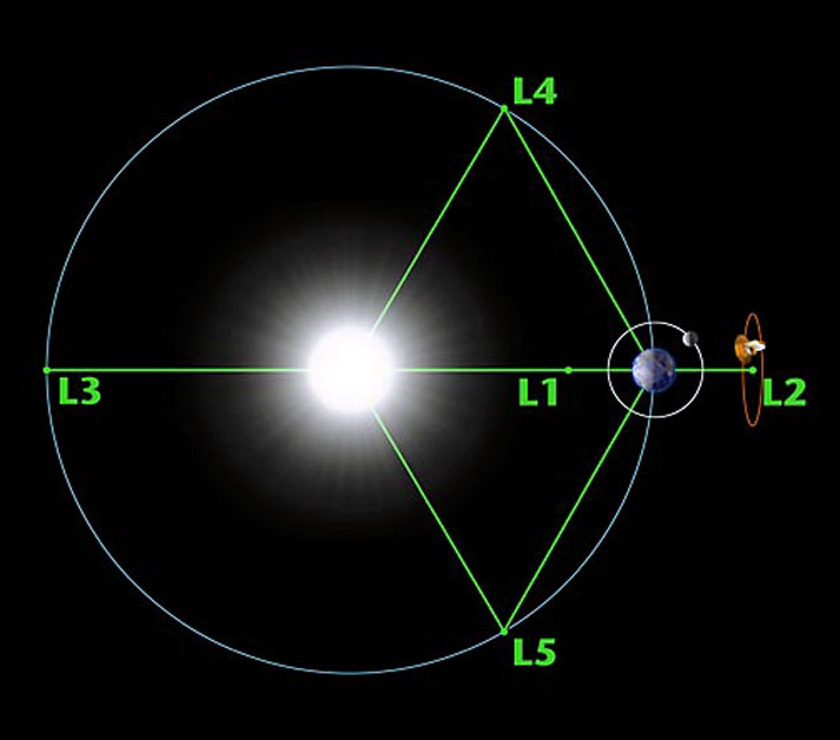 Lagrange points, L1 L2 L3 L4 L5
Lagrange points, L1 L2 L3 L4 L5 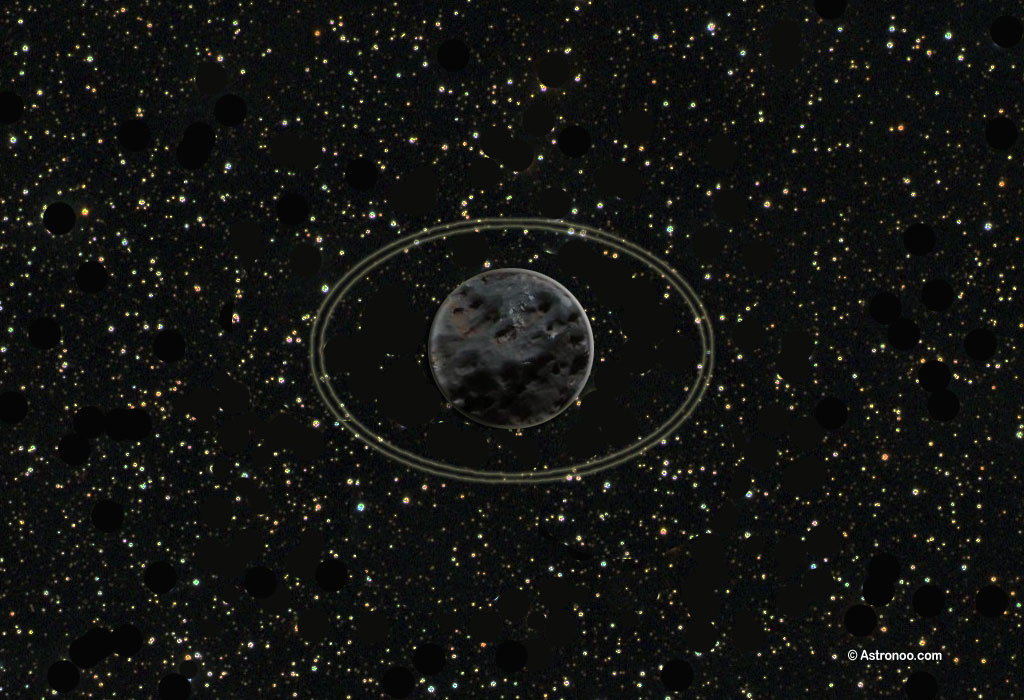 Chariklo and his two amazing rings
Chariklo and his two amazing rings  Rosetta
and Philae
Rosetta
and Philae  Kuiper Belt Objects
Kuiper Belt Objects 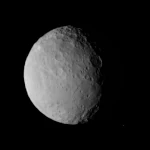 Ceres,
the largest asteroid
Ceres,
the largest asteroid 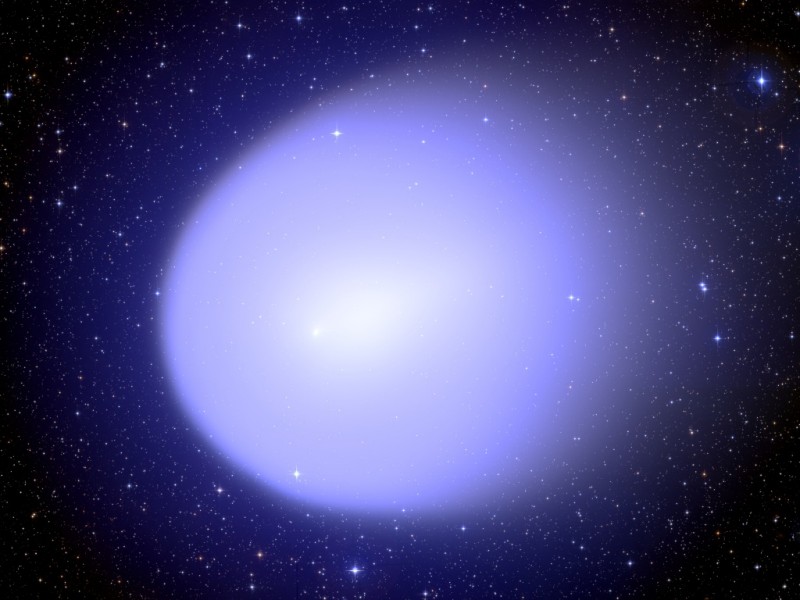 The periodic passage of comets
The periodic passage of comets  The south pole ripped from the asteroid Vesta
The south pole ripped from the asteroid Vesta 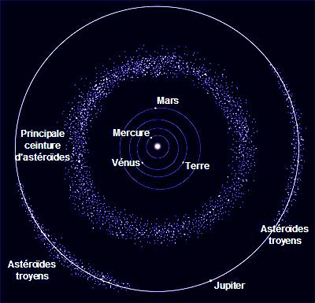 Areas
with asteroids and comets
Areas
with asteroids and comets 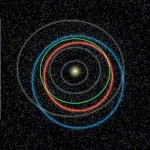 Orbits of Near-Earth Asteroids: When Asteroids Brush Past Earth
Orbits of Near-Earth Asteroids: When Asteroids Brush Past Earth 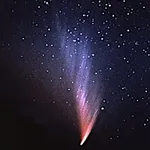 Wandering
comets
Wandering
comets 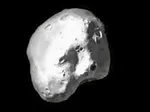 Asteroid Juno: an unknown giant of the solar system
Asteroid Juno: an unknown giant of the solar system 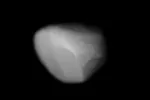 Ganymed (1036): Near-Earth and Mars-crosser
Ganymed (1036): Near-Earth and Mars-crosser 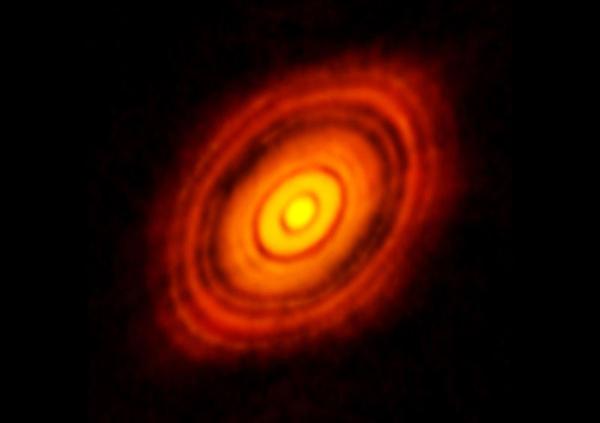 Hell
of the Hadean
Hell
of the Hadean 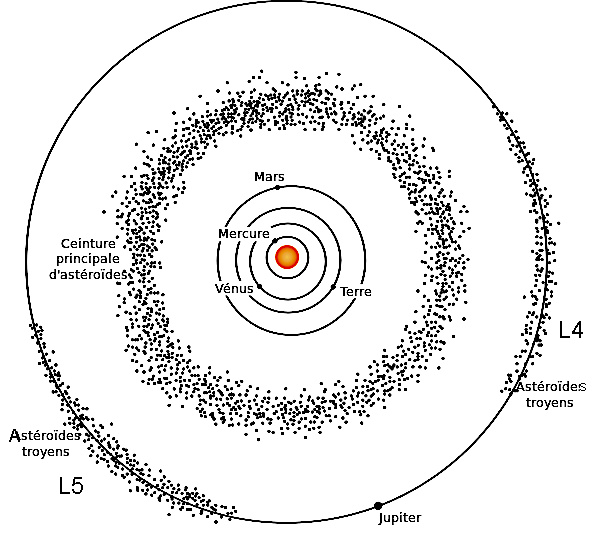 Are there natural satellites of natural satellites?
Are there natural satellites of natural satellites?  Earth's quasi-satellite: 2016 HO3
Earth's quasi-satellite: 2016 HO3